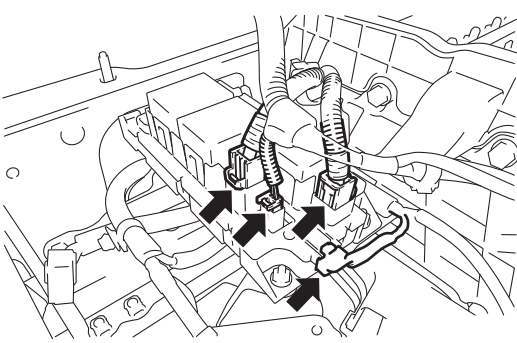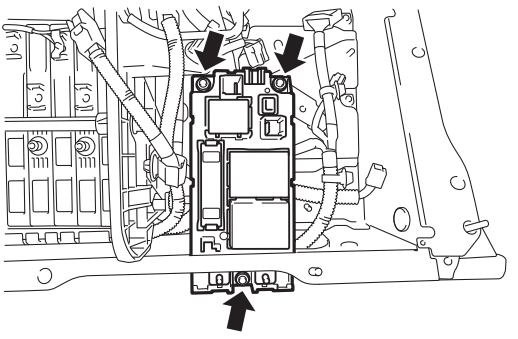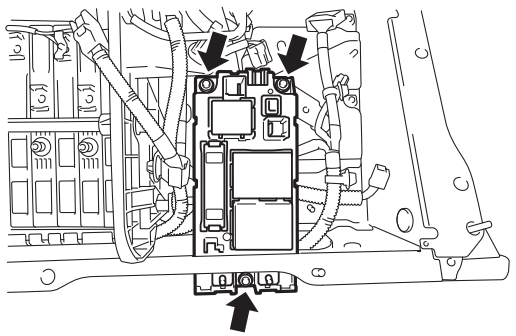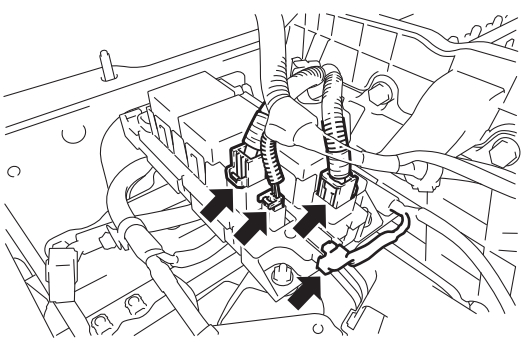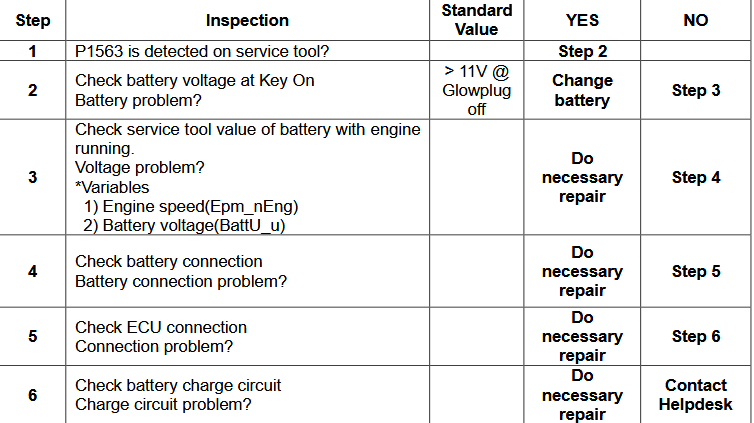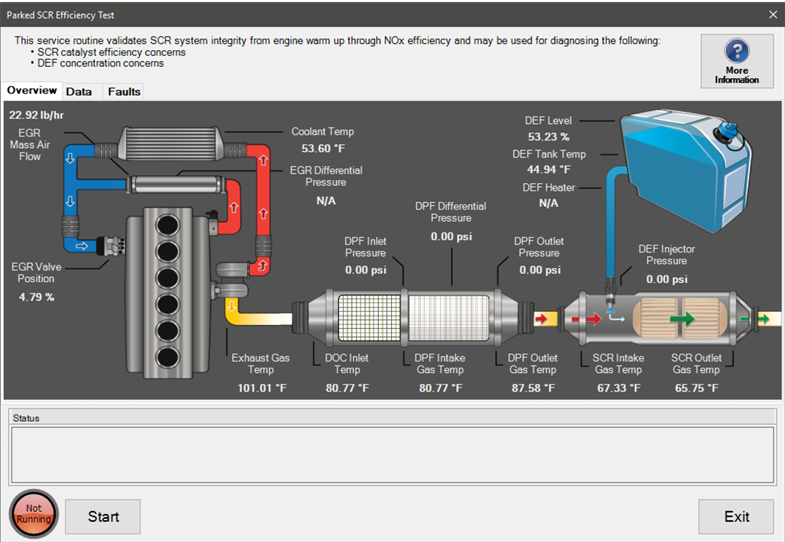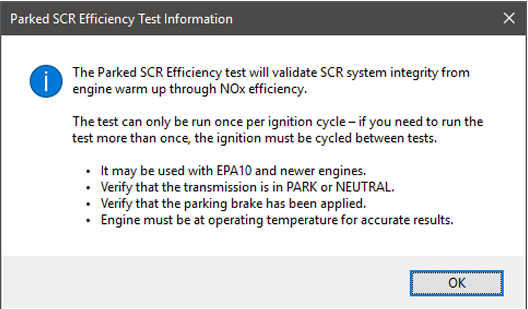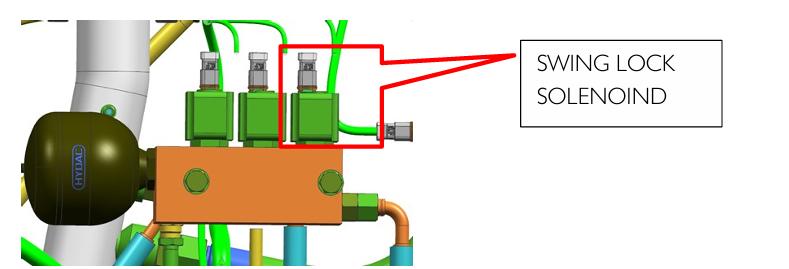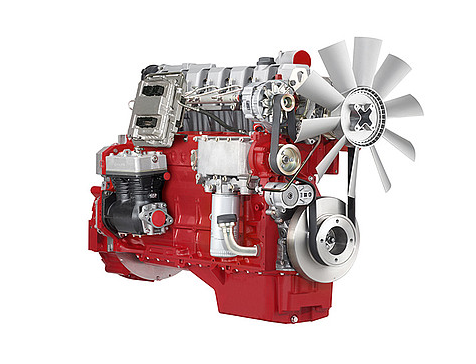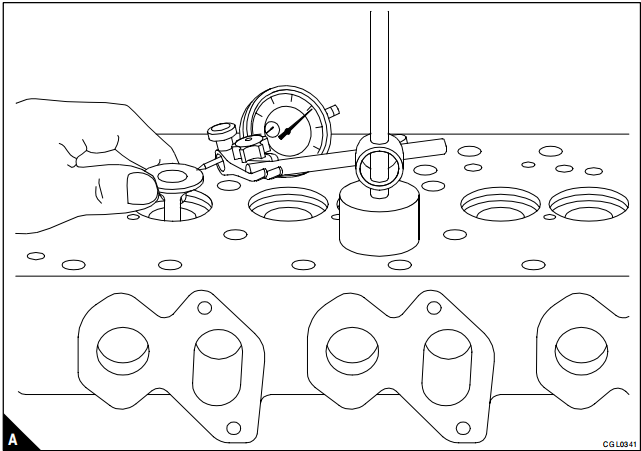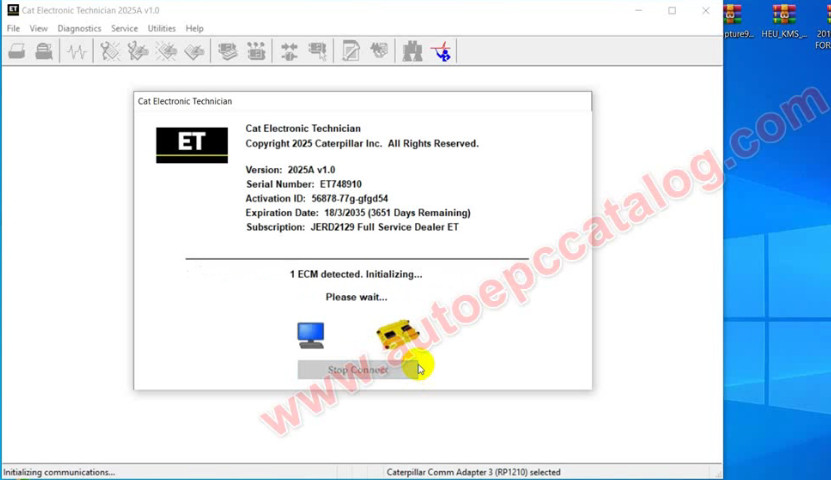This instruction show you guide on how to solve Caterpillar C9 engine excessive injection actuation pressure error.
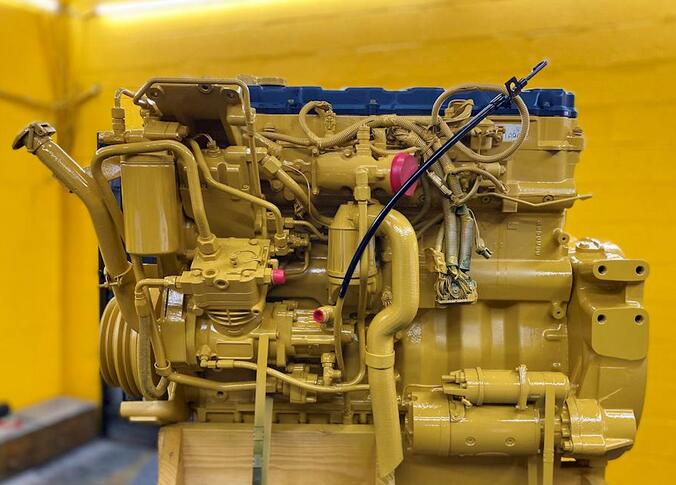
Related Contents:
Caterpillar 18 digits factory password calculator
The Engine Control Module (ECM) detected the following conditions:
-The injection actuation pressure is greater than 30 MPa (4351 psi) for more than six seconds.
-Engine speed is greater than O MPH.
-Engine coolant temperature is more than 18 °C (64 °F).
The ECM has been powered for at least three seconds.
-Cold mode is not active.
The injection actuation pressure sensor measures the pressure of the oil in the high pressure oil manifold.The high pressure oil in the manifold is used to actuate the injectors and high pressure oil is used to control the fuel injection pressure.Fuel injection pressure is based on inputs from the sensors.The inputs are used by the engine control module ECM for calculating the fuel injection pressure.The ECM uses the reading from the injection actuation pressure sensor in order to control the operation of the injection actuation pressure control valve.
Probable Causes:
1) Oil leaks in the HEUI rail
2) Low engine oil level
3) Injection actuation pressure sensor failure
4) Wiring harness between ECM and the fuel injectors
5) ECM Failure
6) Low fuel pressure while cranking (below 25 PSI)
7) Injector failures or Injector o-ring failures
8) Unit injector hydraulic pump
